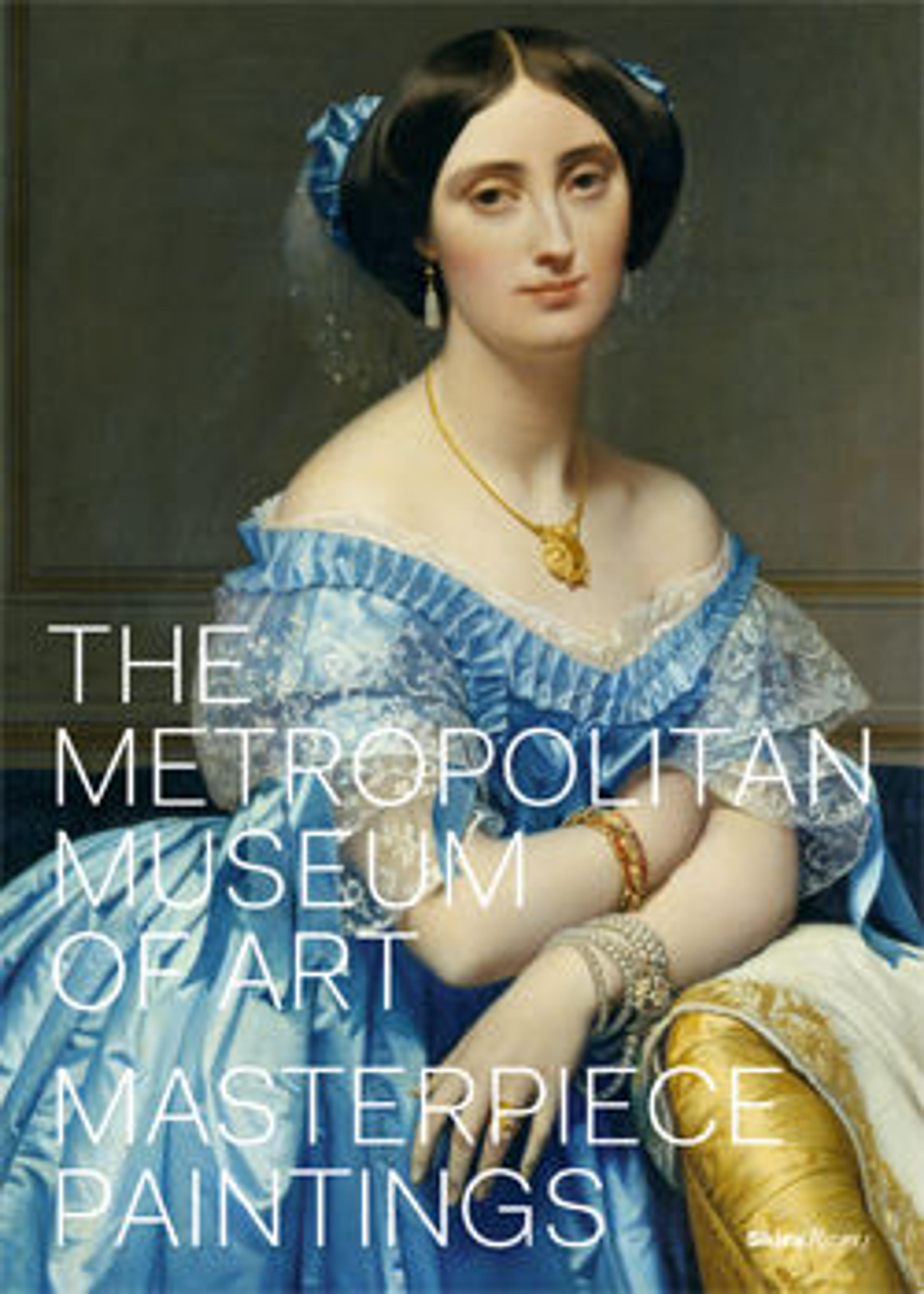Appreciation of Painting, from a set of the Four Accomplishments
These sliding-door panels, which originally ornamented one wall of an abbot’s quarters at Ryōanji in Kyoto, celebrate the life of the literati. The central theme is the appreciation of a painting, one of the Four Accomplishments. The inclusion of what appears to be an imaginary portrait of the Tang-dynasty poet Li Bo (shown at the left as a tipsy old man supported by two attendants) lends an untrammeled air to the scene, making it a place where convention could be broken in the pursuit of a truer art.
The composition and use of space in this work continue the bold innovations of Kano Eitoku (1543–1590). Evidence suggests that this work was created by painters of the Kano studio under the direction of one of Eitoku’s sons, perhaps Kano Kotonobu, who received commissions from the Hosokawa family, patrons of Ryōanji Temple.
The composition and use of space in this work continue the bold innovations of Kano Eitoku (1543–1590). Evidence suggests that this work was created by painters of the Kano studio under the direction of one of Eitoku’s sons, perhaps Kano Kotonobu, who received commissions from the Hosokawa family, patrons of Ryōanji Temple.
Artwork Details
- 琴棋書画図襖の内
- Title:Appreciation of Painting, from a set of the Four Accomplishments
- Artist:Kano School (Japanese, 1476–1559)
- Period:Momoyama period (1573–1615)
- Date:ca. 1606
- Culture:Japan
- Medium:Four of eight panels mounted on sliding-door panels; ink, color, gold, and gold leaf on paper
- Dimensions:72 in. × 24 ft. (182.9 × 731.5 cm)
- Classification:Paintings
- Credit Line:Purchase, Anonymous Gift, in honor of Ambassador and Mrs. Michael Mansfield, 1989
- Object Number:1989.139.2a–d
- Curatorial Department: Asian Art
Audio
- Appreciation of Painting, from a set of the Four
Accomplishments
0:00
0:00
We're sorry, the transcript for this audio track is not available at this time. Please email info@metmuseum.org to request a transcript for this track.
More Artwork
Research Resources
The Met provides unparalleled resources for research and welcomes an international community of students and scholars. The Met's Open Access API is where creators and researchers can connect to the The Met collection. Open Access data and public domain images are available for unrestricted commercial and noncommercial use without permission or fee.
To request images under copyright and other restrictions, please use this Image Request form.
Feedback
We continue to research and examine historical and cultural context for objects in The Met collection. If you have comments or questions about this object record, please contact us using the form below. The Museum looks forward to receiving your comments.
